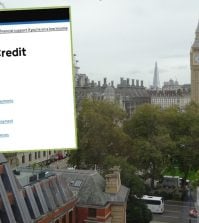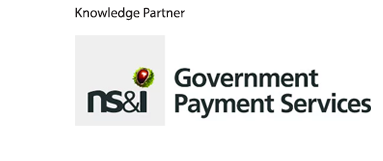Estonia exceeds Trump’s defence spending target with 5.4% GDP pledge

The Estonian government has approved a defence investment programme that is expected to raise its annual defence budget to an average of 5.4% of GDP from 2026 to 2029.
The decision follows pressure from the Trump administration, which said its allies should boost NATO defence spending to 5% of GDP per member or lose US military support.
Estonia’s new commitment, which exceeds Trump’s demands, would see an additional €2.8bn (US$3.1bn) spent on its defence over the next four years.
Kristen Michal, Estonia’s prime minister, called the supplementary defence investment programme (known as Kilp, or ‘Shield’ in English) “the largest increase in defence spending in recent history”. He added that the programme would enable Estonia to develop its air defence faster and to beef up its army’s firepower, leading to greater “deep-warfare capability”.
Estonia’s minister of defence, Hanno Pevkur, said that in addition to strengthening its most visible defence resources, the government would place “a strong emphasis on people and developing the part of the defence force that you do not see in the parades”. This would include “large-scale infrastructure works, cyber defence, drones [and] the development of electronic warfare”, he explained.
In a post on the social media platform X, Estonia’s ministry of defence said that government had sought to “meet the new NATO force capability goals as quickly as possible”.
Estonia’s defence strategy
On 27 April, Pevkur announced a new Estonian defence industry policy for 2024–2030.
The government said the policy’s purpose is to guide the development of the defence industry to fulfil economic growth and international competitiveness, as well as to increase Estonia’s defence capabilities.
The policy contains “thirty different measures, support and programmes for defence industry companies in every growth phase”, it said.
Pevkur added that Estonia would use the advantage of its “geographical location, the smartness of [its] entrepreneurs, and its developed innovation ecosystem” to create world-leading defence technology.
In the face of what the government described as “the deterioration of the security situation in Europe, including Russia’s aggression in Ukraine”, Pevkur stressed that the country had to be ready to “equip [its] defence forces, support allies, and export technology to the global market”.
Read more: UK government readies launch of defence innovation unit after 2.5% spending pledge
NATO steps up spending
Other NATO members have committed to defence spending increases. In March, the UK prime minister Keir Starmer outlined the government’s commitment to increase spending on defence to 2.5% of GDP from April 2027.
The UK government has since set out plans for a new defence innovation unit to foster the development of cutting-edge military technology.
The European Commission tabled the possibility of loosening fiscal constraints on defence spending, proposing a loan instrument of up to €150bn (US$169bn) to help EU governments invest in their armed forces, missile defence, drones and cybersecurity.
The loan comes as part of the ‘ReArm Europe’ plan, which aims to increase Europe’s defence capabilities and wean the bloc off non-EU suppliers.





















